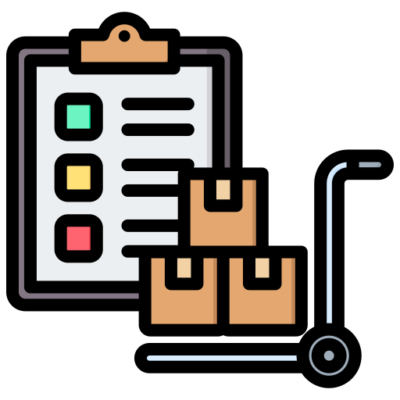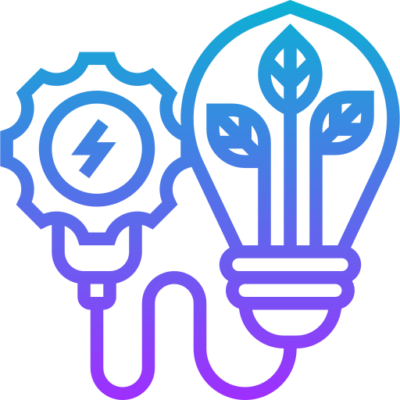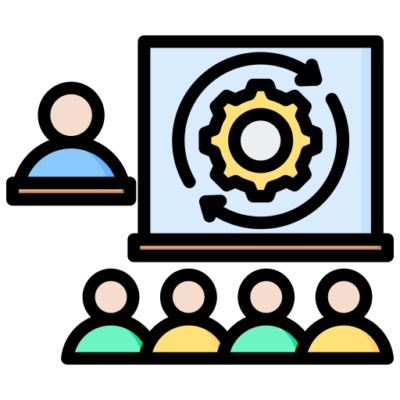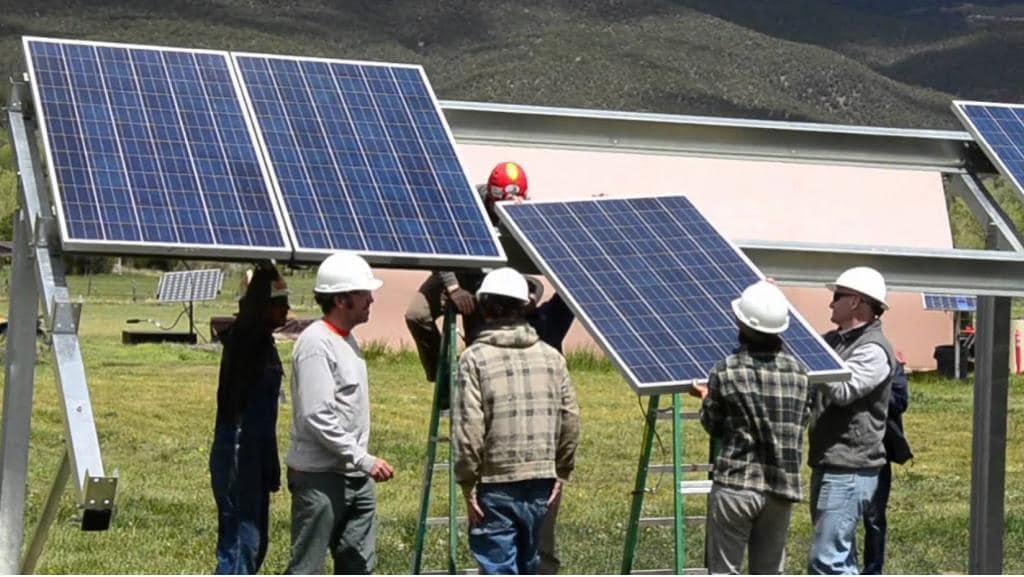
Design and Engineering
Specialized in crafting tailored renewable energy solutions, focusing on efficiency, sustainability, and seamless integration into existing infrastructures, ensuring optimal performance and environmental benefits.

Maintenance and Support
Offers comprehensive post-installation services, including regular maintenance, troubleshooting, and support, to ensure renewable energy systems operate at peak efficiency, minimizing downtime and maximizing output.

Consultancy
Provides expert advice on renewable energy adoption, policy development, and strategic planning, helping clients navigate the complexities of transitioning to sustainable energy solutions and achieving environmental goals.

Procuement
Expertise in sourcing high-quality, cost-effective renewable energy components and systems from trusted manufacturers, ensuring clients receive reliable and durable solutions tailored to their specific needs.

PV Testing and Cleaning
involves inspecting, testing, and maintaining photovoltaic systems to ensure optimal performance and energy efficiency, as well as removing dirt and debris from panels.

Energy Audit and Management
Conducts thorough energy audits to identify savings opportunities and optimize energy usage, offering management solutions that reduce costs, enhance efficiency, and promote sustainability in operations.

Renewable Energy Education and Training
Delivers specialized training programs on renewable energy technologies, best practices, and system maintenance, empowering individuals and organizations with the knowledge to implement and manage sustainable energy solutions effectively.
Analysis
The initial step involves a thorough examination of the current situation to identify needs, challenges, and opportunities. This phase is critical for:
- Understanding the environmental impact and identifying areas for energy conservation.
- Assessing customer needs to enhance profitability and investment returns.
- Gathering data to inform the planning and development phase.


Supplying
After identifying the needs, the focus shifts to procuring the necessary resources, technologies, and partnerships. This phase ensures:
- The selection of sustainable and efficient resources that minimize environmental impact.
- The establishment of a reliable supply chain that supports project goals.
- Collaboration with suppliers who share a commitment to sustainability and quality.
Planning & Development
With a clear understanding of the goals and resources available, detailed planning and development of the project can commence. This phase involves:
- Creating a comprehensive project plan that outlines objectives, timelines, and milestones.
- Developing solutions that integrate energy-saving technologies and environmentally friendly practices.
- Engaging stakeholders and ensuring alignment with overall mission and customer profitability goals.


Project Management
The execution phase, where plans are put into action and managed to ensure they stay on track. Effective project management is characterized by:
- Continuous monitoring and adjustment of project activities to adhere to timelines and budgets.
- Maintaining open communication with all stakeholders to manage expectations and address challenges promptly.
- Measuring project outcomes against objectives to ensure the delivery of high returns on investment and positive environmental impacts.
